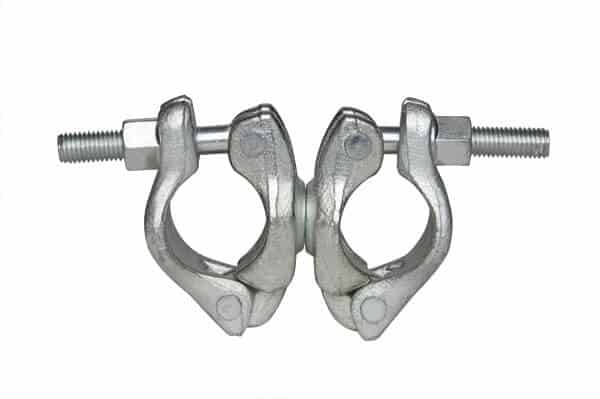
Scaffolding Coupler
Jumply is a Top Scaffolding Coupler Manufacturer In China. Our Scaffolding Coupler is EN74, BS 1139 Standard Tested.
Jumply is Audit Approved Scaffolding Coupler Supplier for many Giant company worldwide.
Daily Test Scaffolding Coupler In Jumply Lab Secures Your Scaffolding Coupler Quality & Safety.
Send Enquiry Get Update Scaffolding Coupler Price Now.
Our commitment to quality, safety, and cost efficiency sets us apart in the industry. As dedicated partners, we support clients of all sizes worldwide. Whether you need a reliable aluminum ringlock ledger or other scaffolding solutions, we are here to meet your needs with unparalleled expertise and dedication.
Our aluminum ringlock scaffolding systems are not only lightweight and durable but also adhere to the highest safety standards. These features make them the ideal choice for a wide range of construction and industrial projects. We are consistently dedicated to providing top-quality products and services, ensuring your projects proceed smoothly and cost-effectively.

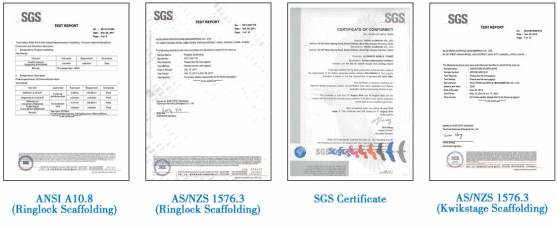
Jumply Scaffolding brings extensive experience and state-of-the-art automated equipment to deliver customized scaffolding solutions, including ringlock ledger systems, tailored to meet diverse requirements.
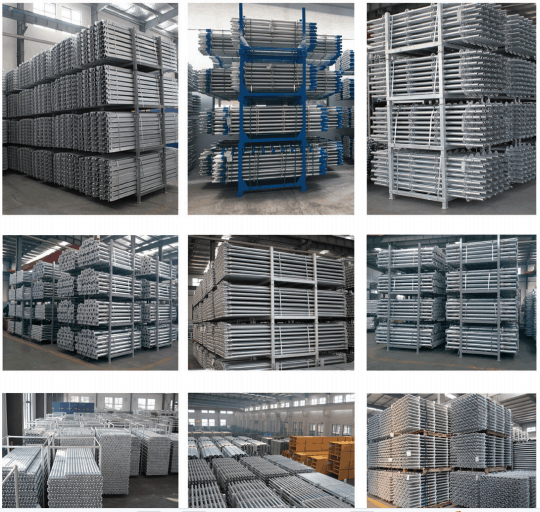
Jumply stands for safety and quality in scaffolding, showcased through our construction projects. Experience the superior quality of our products, including our ringlock ledger systems, which we continually enhance to meet your needs.


Swivel Coupler
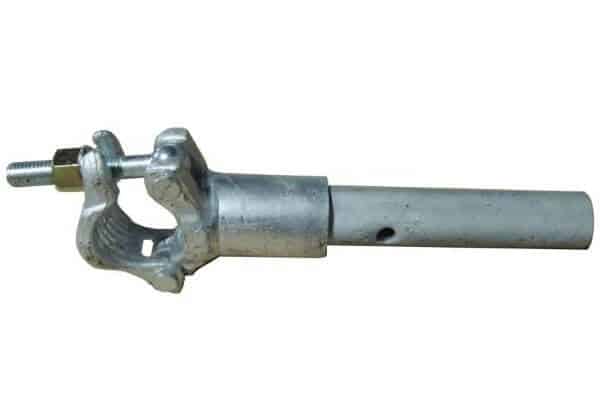
Spigot Clamp
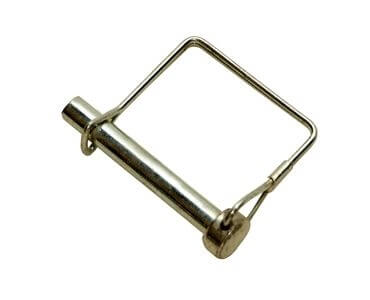
Span Pins
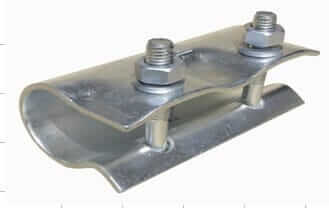
Sleeve Coupler
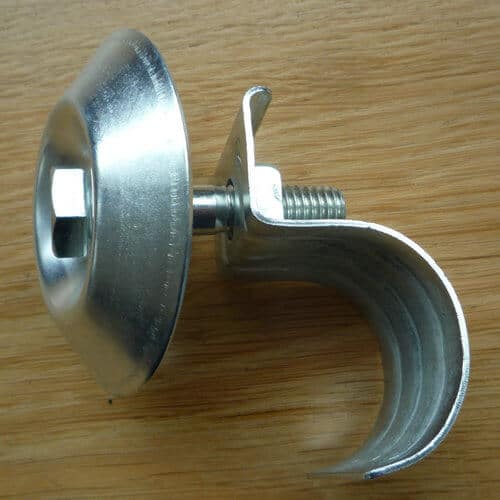
Limpet Clamp
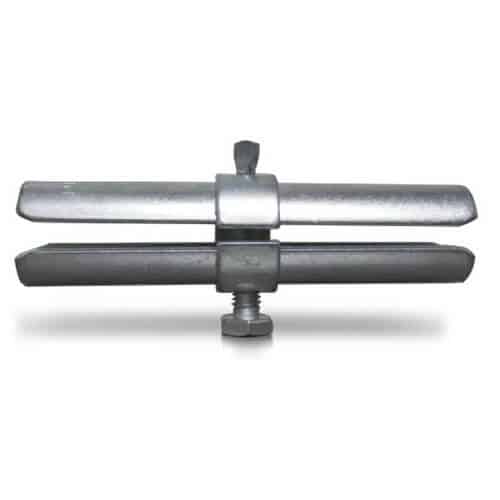
Joint Pin Coupler
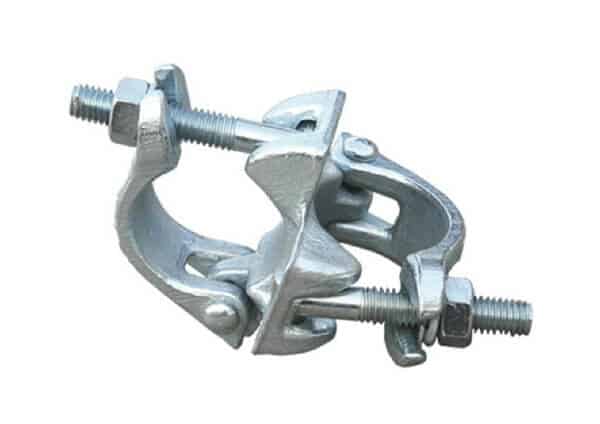
British type double coupler
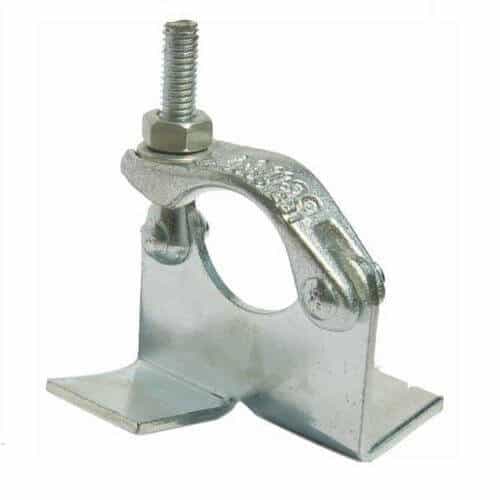
Board Clamp
Scaffolding Coupler – The All-Around FAQ Guide
Being one of the main and primary components of any scaffolding formwork, scaffolding couplers are truly one of the most sought-after materials in the industry. That being said, it’s just right to have the right knowledge when it comes to knowing what scaffolding couplers are!
In this guide, we’ll be going over the things that are relevant in understanding what scaffolding couplers are. Furthermore, we will also help you find the best and top scaffolding couplers in the market!
What Are Couplers in Scaffolding?
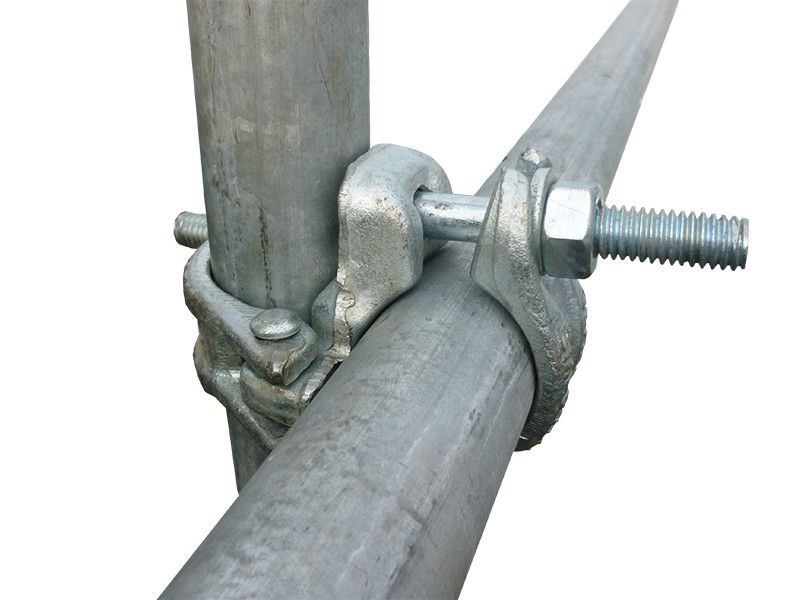
Figure 1 – An image of a coupler that’s attached to a scaffolding tube
Couplers in scaffolding, and all other industries are components and parts that are utilized in the assembly process of the scaffolding formwork.
From its root term “couple,” it is a fundamental part or component of whatever structure and its primary purpose is to fuse, group, or link two (2) ore more parts together, forming a new, bigger, and a more sizable component.
How Do You Use a Scaffolding Clamp?
Scaffolding clamps aren’t scaffolding couplers, so take note. Couplers are devices or instruments that couples or joins component and parts together.
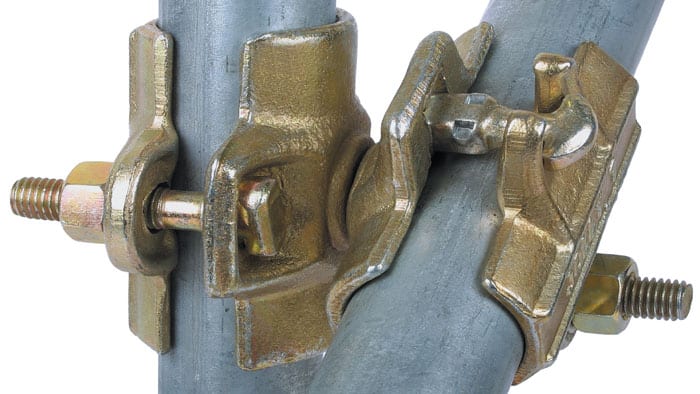
Figure 2 – A coated scaffolding coupler connecting two (2) members together
Clamping, on the other hand, is used to clamp or to allow a specific component to stay in place. In a more technical approach, a scaffolding clamp is a part or a component in a scaffolding system that’s utilized at a joint in between pipes, securing them in place.
The use of these scaffolding clamps is so relevant, especially in projects where air is crucial. The most common use of scaffolding clamps would be in the stairways of scaffolding systems and structures, securing them and ensuring that it wouldn’t wiggle and move unintentionally.
How Much Weight Can a Scaffolding Coupler Hold?
The reported weight that a scaffolding coupler can hold runs at an average of 6.1 kN to about 7 kN.
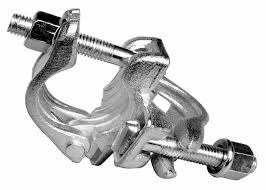
Figure 3 – Scaffolding couplers can hold extreme weights if installed properly
However, this figure will change depending on the size, the length, and the overall qualities of the coupler.
For you to know the exact and the most accurate weight that coupler scan hold, the best way to do this is to ask and contact the manufacturer that produced it for you.
They’re the only ones that can answer that question even without you seeing how it performs.
NOTE: Refrain from guessing and from counting on a couple of statements from other people. As we all know, not all scaffolding couplers are made equally.
Scaffolding Coupler Types
Just like you imagined, there are various types of scaffolding couplers right now in the market. The simplest and most basic ones are:
Right Angle Couplers
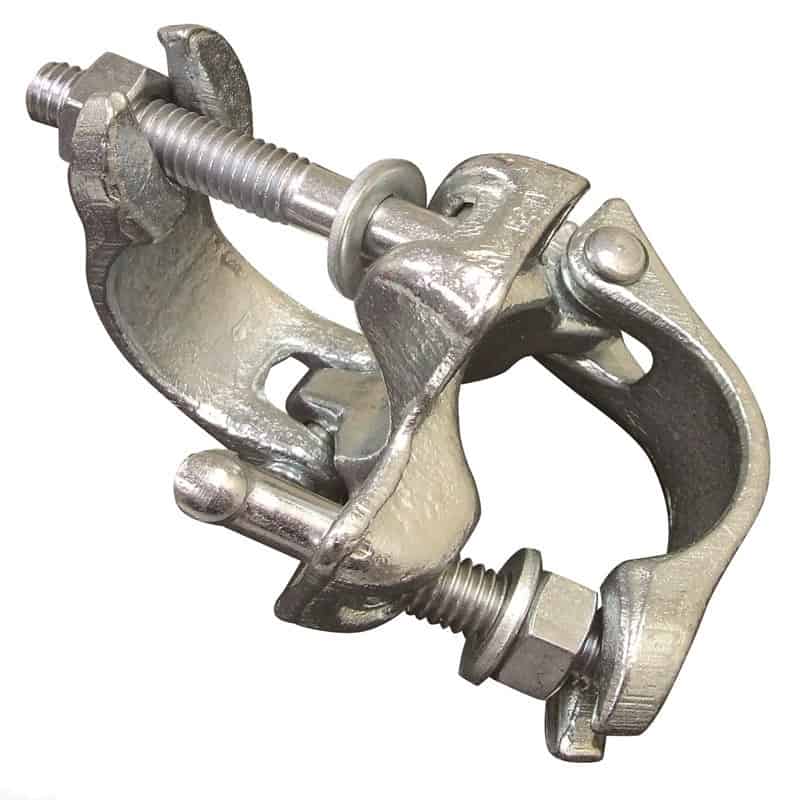
Figure 4 – Sample image of a right angle coupler
This type of coupler is used to secure a part or a component of a scaffolding system in place. These right angle couplers can ensure that there’ll be no swaying, dwanging, or swiveling that will happen to the area that’ll be coupled.
Putlog Couplers
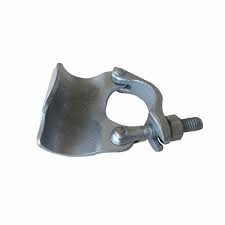
Figure 5 – Sample image of a putlog coupler
It’s a type of a bearing fitting that’s non-load, connecting two (2) scaffolding tubes and pipes at a 90-degree angle to each other. The rule in using putlog couplers is that they should only be used in the horizontal position, connecting ledgers to transoms and vice versa.
Swivel Couplers
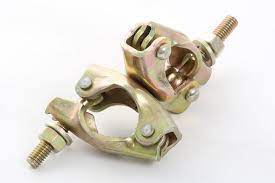
Figure 6 – An example of a swivel coupler
Lastly, swivel couplers are components that you use to connect two (2) scaffolding poles at any angle, including a diagonal position. Swivel couplers are deemed to be the most flexible type of coupler that you can purchase!
Scaffolding Coupler Price
The price of the scaffolding coupler you’ll be purchasing will depend on the type, the size, and the material that’s made to produce or manufacture it.
At a median rate, you can expect these scaffolding couplers to be priced at about $1.50 per piece. The price can go as high as $20 per piece, depending on whether you purchase them wholesale or retail or the surface finishing technique that’s done to it.
Single Coupler
Single couplers are scaffolding couplers that only have one (1) point of connection. It’s the standard type of coupler and they are the majority that you’ll see in the market.
But, that doesn’t mean that it’s alone. In fact, there’s another type or subset of couplers, which are…
Double Coupler in Scaffolding
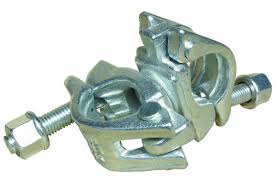
Figure 7 – An example of a double coupler in a scaffolding formwork
Double couplers are part of the subsets or subtypes of couplers, and it’s the type of right angle coupler that is between two (2) pipes or standards.
They’re similar to what a 90-degree coupler is, it’s just that, instead of having one (1) connector, it has two (2).
It follows the same purpose and it’s used the same way, so, don’t confuse yourself on what it is.
Scaffolding Clamps Specifications
Before purchasing scaffolding clamps and couplers, you need to take note of a few specifications and technical parameters first.
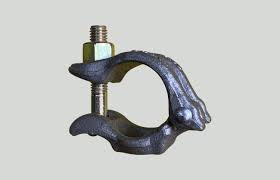
Figure 8 – Choose the scaffolding coupler that can help you throughout your project
What this does is allow you to get to the bottom of whether or not the component will be useful for your project. Similar to gadgets and devices, knowing the specifications of scaffolding couplers and clamps can go the long way.
Here are some of the specifications and technical parameters that you can consider in choosing scaffolding couplers and clamps.
Size
The size of the scaffolding coupler can determine where you can use it. Whether you plan on using it high up top the scaffolding structure, the middle part, or the base part or the foundation.
Make and Material
Not all scaffolding couplers are made equally. There are some that are made out of galvanized steel, those that are made from iron, aluminum, and others! It is relevant to know the make and the material of the scaffolding coupler because it can dictate the efficiency and effectiveness of how it functions.
Design or Style
The style or the design is the parameter that discusses where you can best use it. For instance, if the design is industrial, then you can use it in industrial applications.
If the style or the design is structural, then it can be used in residential, commercial, or even renovation projects.
Surface Finishing Technique
Lastly, the surface finishing technique is the final or the outer layer of the coupler. The most common finishing methods applied to couplers and other scaffolding components are hot-dipped galvanization, zinc coating, iron galvanization, and many more!
These aren’t all the specs you need to know, but these are among the most relevant ones you can learn and be aware about before purchasing a scaffolding coupler.
Where Can You Find the Best Scaffolding Couplers?
The world is filled with numerous scaffolding coupler suppliers and manufacturers. You can find thousands of them all across the globe!
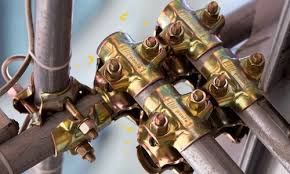
Figure 9 – Chinese scaffolding coupler manufacturers can produce high-quality products!
But, out of the uncountable number of scaffolding couplers out there, the vast majority is found in Asia – particularly China and India.
Indian scaffolding coupler suppliers are good to the extent that they’re creative and innovative, but they lack the resources and the materials that Chinese scaffolding coupler manufacturers have.
So, in choosing, it will be best to go with a Chinese scaffolding coupler supplier for an all-in-one package!
Why is Jumply China’s Top Scaffolding Coupler Supplier?
For many years, Jumply has been the top choice of companies and businesses in and around China when it comes to scaffolding couplers.
We have been trusted by numerous enterprises for the production of their scaffolding parts and components, as well as structures and formwork.
These are the benefits of choosing Jumply’s roster of scaffolding couplers:
- They’ve been forged and engineered to withstand even extreme weather conditions
- The steel or metal grade used are all high-quality (aluminum or carbon steel)
- You can use them for all different types and kinds of system scaffolding
- All our scaffolding couplers are licensed and certified
- And many more!
Wherever you are in the world, you can bank and count on us here at Jumply for the scaffolding couplers you need!
We wouldn’t be known and deemed as the best if we offered regular-quality couplers, right?
Other Scaffolding Products and Services Offered By Jumply
As the best scaffolding manufacturer and supplier in this part of the globe, you can entrust to us other scaffolding requirements you may have!
While we’re the best when it comes to scaffolding couplers, we can also be the company you can trust for all other products, such as modular or system scaffolding, Kwikstage scaffolding, cuplock scaffolding, ringlock scaffolding, and others!
You’ll neither be disappointed nor feel bad about choosing us to be your scaffolding coupler supplier! In fact, it will be the best decision you’ve ever made!
Reach out to us and get a free quotation or estimate of all your orders! Dial us or leave us a message and we’ll be more than happy to send a free estimate or a free quotation over!
